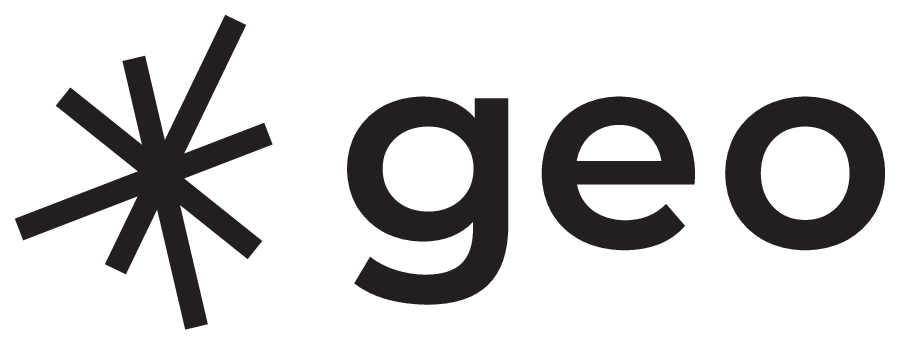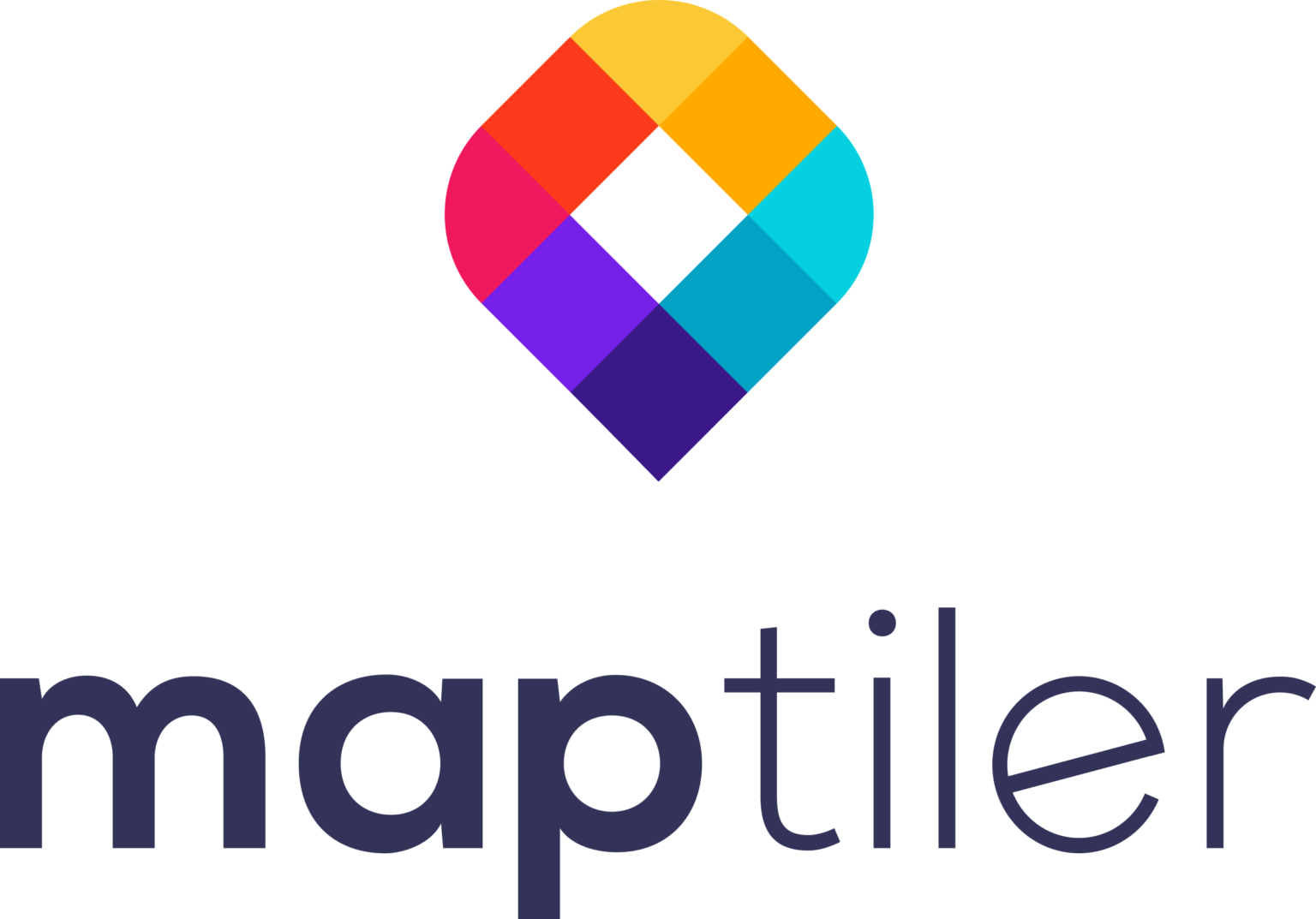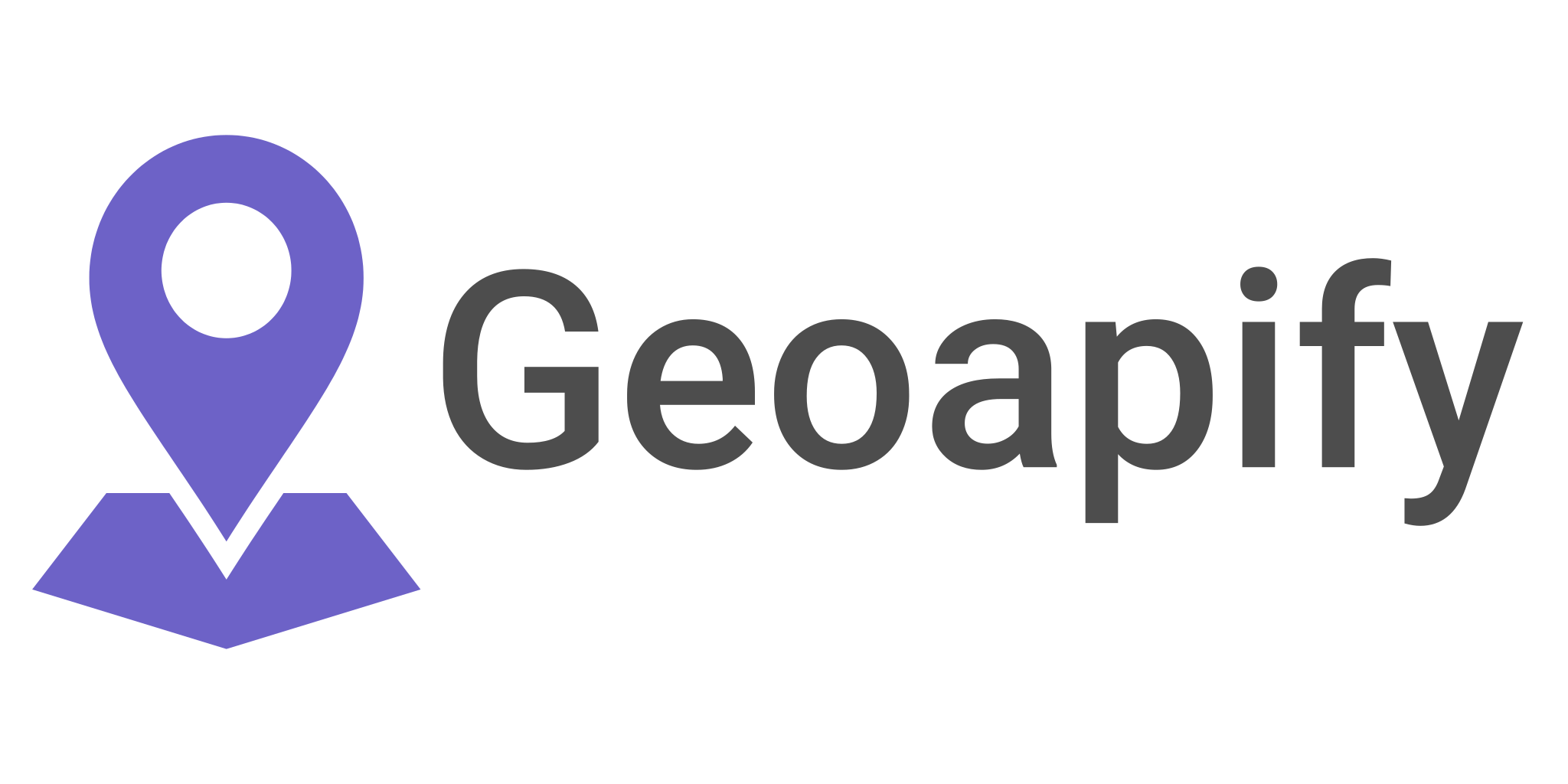A Beginner’s Guide to Thematic Maps
A thematic map is a type of map that displays a particular theme or subject matter, rather than simply showing the geographic location of features.
Thematic maps use visual elements such as colors, symbols, and patterns to represent data and highlight patterns and trends related to the theme being mapped.
Here’s a table summarizing the differences between thematic maps and topographic maps:
| Aspect | Thematic Maps | Topographic Maps |
|---|---|---|
| Focus | Represent a specific theme or subject matter | Represent physical features and landmarks |
| Data Representation | Use symbols, colors, and patterns for theme representation | Use contour lines, symbols, and colors for terrain features |
| Variability | Various types (e.g., choropleth, dot density, isoline) | Follow a standard format and scale |
| Purpose | Visualize the spatial distribution of chosen variables | Depict elevation, terrain, and natural/human-made features |
| Common Uses | Analyzing demographic, environmental, or economic data | Navigation, planning, and engineering purposes |
6 examples of the thematic maps
Choropleth maps:
These maps use different shades or colors to represent the intensity or density of a particular data variable across geographic areas, such as states or counties.
Advantages of Choropleth Maps:
- Easy to read: Choropleth maps are easy to read and understand, even for people with little or no background in geography or data analysis.
- Good for displaying data by geographic area: Choropleth maps are an effective way to display data that is aggregated by geographic areas, such as states, counties, or cities.
- Can show patterns and trends: Choropleth maps can be used to show patterns and trends in data that vary across different regions or sub-regions, allowing for comparisons between different areas.
- Useful for making spatial comparisons: Choropleth maps can be useful for making spatial comparisons between different areas, highlighting differences or similarities in the data being mapped.
Disadvantages of Choropleth Maps:
- Data limitations: Choropleth maps are limited by the availability and quality of data for the geographic areas being mapped. Small or sparsely populated areas may have limited data available, which can make it difficult to accurately map the data.
- Misleading results: Choropleth maps can be subject to the modifiable areal unit problem, which can lead to misleading results if the choice of sub-regions affects the analysis. For example, different ways of dividing a region into sub-regions can produce different results.
- Data classification issues: The choice of data classification method used in choropleth maps can also affect the results of the analysis. Different methods can produce different maps with different patterns and trends.
- Lack of detail: Choropleth maps can lack detail about the actual data values being mapped within each sub-region. The use of colors or shading can make it difficult to discern differences between values within a given sub-region.
Dot density maps
These maps use dots or other symbols to represent the frequency or number of occurrences of a particular data variable across geographic areas.
Advantages of Dot Density Maps:
- Easy to read: Dot density maps are easy to read and understand, even for people with little or no background in geography or data analysis.
- Good for showing relative values: Dot density maps are an effective way to show relative values of data between different geographic areas, such as states or counties.
- Can show patterns and trends: Dot density maps can be used to show patterns and trends in data that vary across different regions or sub-regions, allowing for comparisons between different areas.
- Can display detailed information: Dot density maps can display detailed information about the actual data values being mapped within each sub-region, by showing the number or density of dots within each area.
Disadvantages of Dot Density Maps:
- Limited by data: Dot density maps are limited by the availability and quality of data for the geographic areas being mapped. Small or sparsely populated areas may have limited data available, which can make it difficult to accurately map the data.
- Limited by dot size: The size of the dots used in dot density maps can be limited by the scale of the map or the size of the geographic areas being mapped. If the dots are too small, they may be difficult to see or count. If they are too large, they can overlap or obscure other dots, making it difficult to accurately represent the data.
- Potential for bias: The placement of dots within each sub-region can be subject to bias or manipulation, depending on the data source or mapping method used.
- Lack of detail: Dot density maps may not provide as much detail about the data values within each sub-region as other types of thematic maps, such as choropleth maps or graduated symbol maps.
Cartograms
These maps use distorted geographic shapes to represent data, such as population or GDP, in proportion to their value.
Advantages of Cartograms:
- Visually impactful: Cartograms are visually striking and can quickly draw attention to the patterns and trends in the data being mapped.
- Good for showing relative values: Cartograms are an effective way to show relative values of data between different geographic areas, such as states or countries.
- Can show patterns and trends: Cartograms can be used to show patterns and trends in data that vary across different regions or sub-regions, allowing for comparisons between different areas.
- Can display detailed information: Cartograms can display detailed information about the actual data values being mapped within each sub-region, by showing the size or shape of each area.
Disadvantages of Cartograms:
- Limited by data: Cartograms are limited by the availability and quality of data for the geographic areas being mapped. Small or sparsely populated areas may have limited data available, which can make it difficult to accurately map the data.
- Potential for distortion: The use of different shapes or sizes to represent data values can lead to distortions in the overall shape or size of the geographic areas being mapped, depending on the mapping method used.
- Can be difficult to interpret: The interpretation of cartograms can be subjective, as the data values are represented by different shapes or sizes rather than discrete symbols or colors. This can make it difficult to discern differences between values within a given sub-region.
- Potential for bias: The choice of shapes or sizes used to represent data values can be subject to bias or manipulation, depending on the data source or mapping method used.
Heat maps
Heat maps use colors to represent the intensity or concentration of data values over a geographic area. The colors used typically range from cool to warm colors to represent low to high values of the data variable. Heat maps are often used to show patterns of activity or behavior, such as traffic density or social media usage.
Advantages of Heat Maps:
- Easy to read: Heat maps are easy to read and understand, even for people with little or no background in geography or data analysis.
- Good for displaying density data: Heat maps are an effective way to display density data, showing the concentration or intensity of data values over a geographic area.
- Can show patterns and trends: Heat maps can be used to show patterns and trends in data that vary across different regions or sub-regions, allowing for comparisons between different areas.
- Useful for making spatial comparisons: Heat maps can be useful for making spatial comparisons between different areas, highlighting differences or similarities in the data being mapped.
Disadvantages of Heat Maps:
- Data limitations: Heat maps are limited by the availability and quality of data for the geographic areas being mapped. Small or sparsely populated areas may have limited data available, which can make it difficult to accurately map the data.
- Limited by color scale: The color scale used in heat maps can affect the visual impact of the map, and different color scales can produce different results.
- Potential for bias: The placement of data points within each sub-region can be subject to bias or manipulation, depending on the data source or mapping method used.
- Can be difficult to interpret: The interpretation of heat maps can be subjective, as the data values are represented by colors rather than discrete symbols or shapes. This can make it difficult to discern differences between values within a given sub-region.
Graduated symbols
Graduated symbol maps use symbols of different sizes to represent different values of a data variable. The symbols are usually scaled proportionally to the values of the variable they represent, with larger symbols representing higher values. Graduated symbols are commonly used to show data related to population, income, or other quantitative variables.
Advantages of Graduated Symbol Maps:
- Easy to read: Graduated symbol maps are easy to read and understand, even for people with little or no background in geography or data analysis.
- Good for showing quantitative data: Graduated symbol maps are an effective way to show quantitative data, such as population, income, or other numerical values.
- Can show patterns and trends: Graduated symbol maps can be used to show patterns and trends in data that vary across different regions or sub-regions, allowing for comparisons between different areas.
- Useful for making spatial comparisons: Graduated symbol maps can be useful for making spatial comparisons between different areas, highlighting differences or similarities in the data being mapped.
Disadvantages of Graduated Symbol Maps:
- Limited by data: Graduated symbol maps are limited by the availability and quality of data for the geographic areas being mapped. Small or sparsely populated areas may have limited data available, which can make it difficult to accurately map the data.
- Limited by symbol size: The size of the symbols used in graduated symbol maps can be limited by the scale of the map or the size of the geographic areas being mapped. If the symbols are too small, they may be difficult to see or count. If they are too large, they can overlap or obscure other symbols, making it difficult to accurately represent the data.
- Potential for bias: The placement of symbols within each sub-region can be subject to bias or manipulation, depending on the data source or mapping method used.
- Lack of detail: Graduated symbol maps may not provide as much detail about the data values within each sub-region as other types of thematic maps, such as choropleth maps or dot density maps. The use of symbols can make it difficult to discern differences between values within a given sub-region.
Isopleth maps
Isopleth maps, also known as contour maps or isoline maps. The contour lines connect points of equal value, and the density or spacing of the lines indicates the degree of change between the values. Isopleth maps are commonly used to show data related to elevation, temperature, precipitation, and other continuous variables.
Advantages of Isopleth Maps:
- Good for displaying continuous data: Isopleth maps are an effective way to display continuous data, such as elevation, temperature, or precipitation.
- Can show patterns and trends: Isopleth maps can be used to show patterns and trends in data that vary across different regions or sub-regions, allowing for comparisons between different areas.
- Can display detailed information: Isopleth maps can display detailed information about the actual data values being mapped within each sub-region, by showing the contour lines that connect points of equal value.
- Useful for making spatial comparisons: Isopleth maps can be useful for making spatial comparisons between different areas, highlighting differences or similarities in the data being mapped.
Disadvantages of Isopleth Maps:
- Limited by data: Isopleth maps are limited by the availability and quality of data for the geographic areas being mapped. Small or sparsely populated areas may have limited data available, which can make it difficult to accurately map the data.
- Limited by contour interval: The contour interval used in isopleth maps can affect the visual impact of the map, and different contour intervals can produce different results.
- Can be difficult to interpret: The interpretation of isopleth maps can be subjective, as the contour lines are representing continuous data values rather than discrete symbols or shapes.
- Potential for bias: The interpolation of data values between sampled points to create the contour lines can be subject to bias or manipulation, depending on the data source or mapping method used.
In conclusion
Thematic maps are a powerful tool for visualizing data related to geographic areas. Each type of thematic map, including choropleth maps, dot density maps, graduated symbol maps, isopleth maps, and cartograms, has its own unique advantages and disadvantages.
The choice of map type will depend on the specific data being mapped, the geographic scale of the analysis, and the goals of the analysis.
Frequently asked questions about thematic maps and thematic mapping:
- What is a Thematic Map?
A thematic map is a type of map specifically designed to show the spatial distribution of one or more themes or variables, such as population density, climate patterns, or economic trends. Unlike general reference maps, which display a variety of physical and political features, thematic maps focus on specific data related to a theme. - What are the Different Types of Thematic Maps?
- Choropleth Maps: Use variations in shading, coloring, or the placing of symbols within predefined areas (like countries or states) to indicate the average values of a property or quantity in those areas.
- Isopleth Maps: Depict lines that connect points of equal value, commonly used for weather maps (e.g., isobars, isotherms).
- Dot Distribution Maps: Represent the presence of a feature with a dot symbol. The density of dots in an area helps to perceive the distribution pattern.
- Proportional Symbol Maps: Use symbols of different sizes to represent data associated with different areas or locations.
- Flow Maps: Illustrate the movement of objects between different areas, commonly used for migration or transportation data.
- How are Thematic Maps Used?
Thematic maps are used in various fields for visualizing and analyzing spatial patterns and relationships. For instance, in environmental science, they can depict pollution levels or deforestation; in economics, they can show income levels or employment rates across regions; in public health, they can represent disease prevalence or healthcare access. - What are the Key Elements of a Thematic Map?
Essential components include:
- Title: Describes what the map is about.
- Legend: Explains the symbols and color codes used.
- Scale: Indicates the ratio of a distance on the map to the corresponding distance on the ground.
- Data Source: Cites where the thematic data came from.
- Orientation (Compass Rose): Shows map direction (North, South, East, West).
- How Do You Create a Thematic Map?
To create a thematic map, start by defining the purpose and selecting appropriate data. Use GIS software or mapping tools to visualize this data. Choose the type of thematic map that best represents your data. Customize elements like colors, symbols, and scales for clarity and impact. - What are the Advantages and Limitations of Thematic Maps?
Advantages include their ability to simplify complex data and highlight spatial patterns and relationships. However, they have limitations, such as potential misinterpretation due to symbol choices or color scales, and they can be misleading if data is not accurately represented. - How to Interpret Thematic Maps Accurately?
Accurate interpretation requires understanding the map’s legend, scale, and the nature of the data presented. It’s important to consider the data source and methodology used in data collection and to be aware of any potential biases or limitations in the data. - What’s the Difference Between Thematic Maps and Reference Maps?
Thematic maps focus on specific themes or data, conveying a particular message or showcasing patterns. Reference maps, on the other hand, provide general information about physical and political features, like roads, rivers, city locations, and political boundaries. - What are Examples of Thematic Maps?
Examples include a map showing average household income by county, a global map of earthquake occurrences, or a map depicting the prevalence of a certain language or dialect in different regions. - How Has Technology Changed Thematic Mapping?
Advancements in GIS, remote sensing, and computer-aided design have revolutionized thematic mapping. These technologies allow for more accurate data collection, easier manipulation and analysis of spatial data, and the creation of more dynamic, interactive maps.







